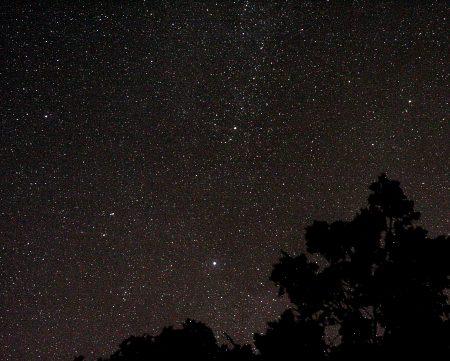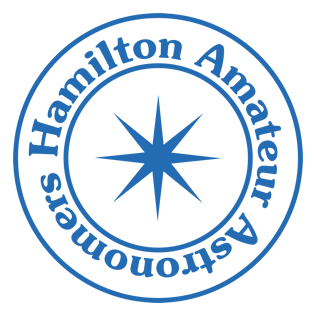This post is more than 60 days old and may no longer be the most up-to-date content. For event related posts, please check for a newer article to avoid confusion on times and locations.
JUNE 17 BINBROOK RECAP BY DON PULLEN
With the predicted great skies and agreeing to pick up a new 6″ Newtonian from Mike, I was eagerly anticipating stepping up to a new level of observing. I set up the new reflector on my manual EQ-3 mount and set up my binoculars on the camera tripod with the articulated bino boom. I was ready for an exciting night of new discoveries.

While they were still high enough to observe, I started with Saturn and Mars in the Beehive. They were nearly in the twilight so I had difficulty making out M44. I then turned to Jupiter and observed the 4 Galilean moons. I was finding planetary details a little disappointing.
As the night deepened, I turned to look at galaxies and other deep space objects. This was a completely different picture (no pun intended). After watching where Glenn was pointing, I found M81 and M82 – my first time to see these 2 galaxies in a scope. I had tried unsuccessfully before but this time they popped into view clearly. Was it the conditions or my new 6″ telescope?
Confidence boosted, I swung over to Leo before it set below the horizon to try for some galaxies I previously had been unable to find. I couldn’t find M95, M96 or M105, but a little higher up I found M65 and M66. Another treat – I could see 2 galaxies in the same telescope field of view.
A little haze was starting to appear in the sky, but I could make out the glow of the Milky Way. The observing conditions were turning out to be a bit of a mix. M57 was very easy to find for a change (for me). I then turned south and looked into the heart of the galaxy at the wealth of DSO’s available there. Between Scorpius and Sagittarius (the Teapot), I was able to locate M22, M4, M8 and M20. The globular cluster M22 and some of the nebulas were even visible in my binoculars. While I wandered over to chat with other members, Mike located the Eagle Nebula M16 in my 6″ – another visual treat.
I had not seen so many nebulas in one evening in the short time I’ve been with this fascinating hobby. I was fortunate to have a number of enjoyable and supportive club members with me. We were able the share the views each of us was finding. I wanted to keep looking all night but by 2am observing conditions were deteriorating to the point that faint objects weren’t visible. So the last of us packed up by 3 am and headed off for some sleep and reflection on the many new (or for some – old) objects seen.
A thoroughly enjoyable night.


